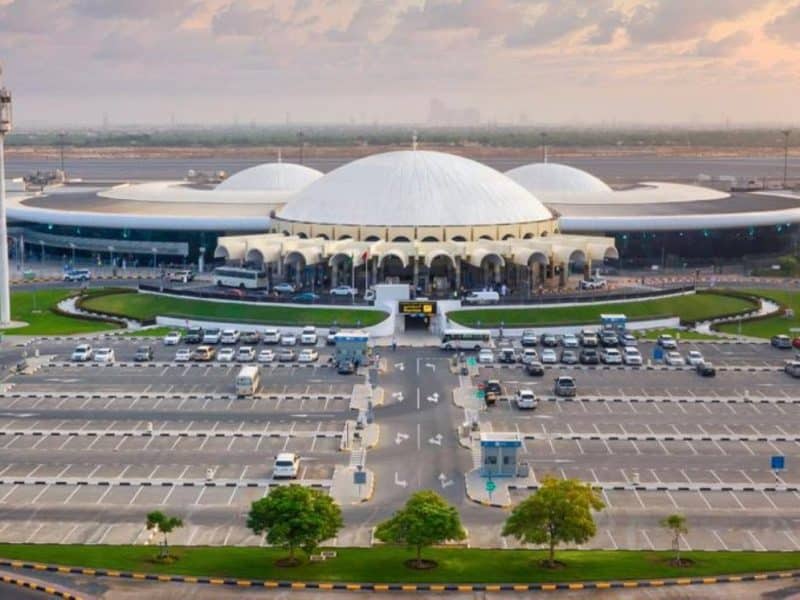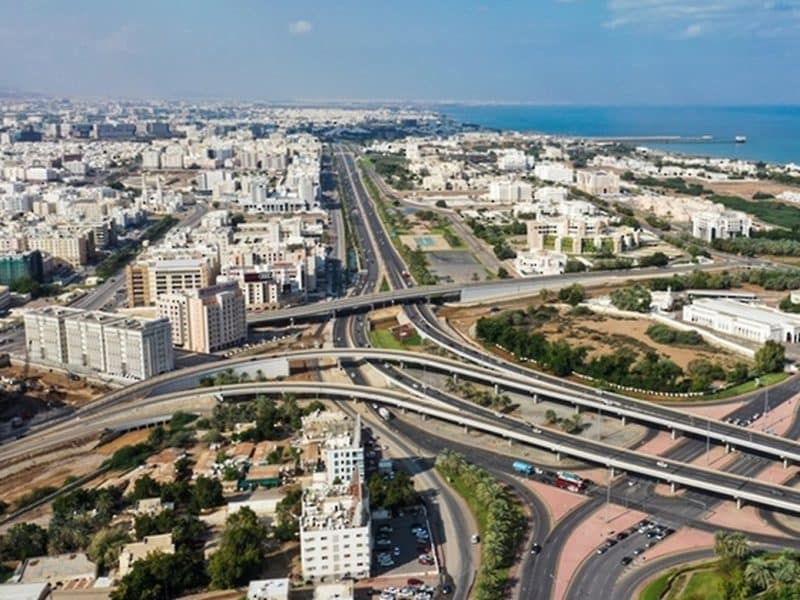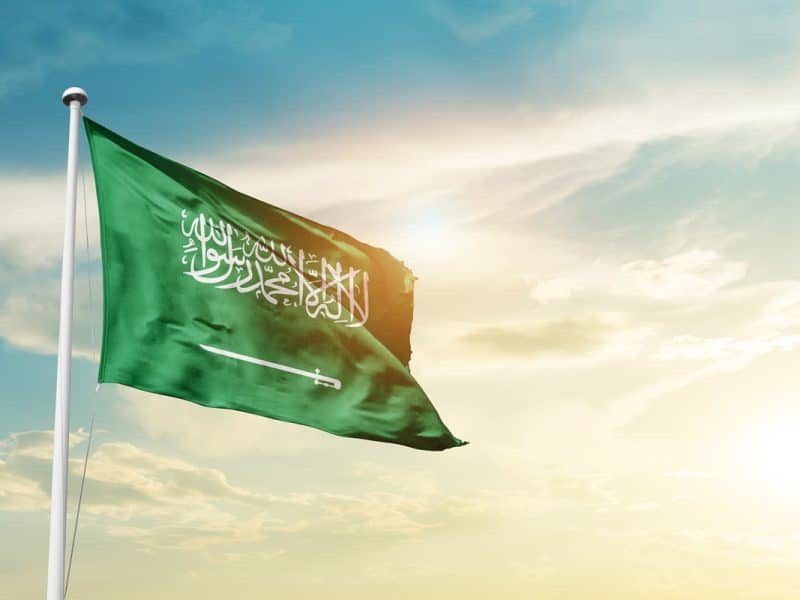Abu Dhabi’s index ADI reached a fresh 15-week closing high as market heavyweight Emirates Telecommunications Corp (Etisalat) extended gains.
Etisalat climbed 1.2 percent to a five-month high and taking its gains to 5 percent since it proposed a cash dividend.
The index rose 0.2 percent to 2,833 points, its highest finish since Nov. 25, buoyed by expectations for an imminent announcement from Dubai World on its multi-billion dollar debt restructuring. Index volumes remain light, however.
“The speculation will not be enough to draw in international investors, they would rather sit on the sidelines until something definite is announced,” says Keith Edwards, head of asset management at Doha-based investment company The First Investor.
Emaar Properties led Dubai’s index DFM to a seven-week closing high as speculators bought ahead of an announcement on Dubai World’s debt restructuring deal.
Emaar rose 3.6 percent to its highest close since Jan. 14. Dubai Financial Market added 4.4 percent as investors bet this week’s spike in bourse volumes will translate into higher revenues for the firm.
The index climbed 1.5 percent to 1,684 points, its highest close since Jan. 18.
“People want a resolution (on Dubai World) so they can start doing some fundamental analysis,” says Keith Edwards, head of asset management at Doha-based investment company The First Investor.
“The expectation seems to be for a 20 percent haircut, a 10-year extension and a government guarantee – if there’s anything less than that there could be a correction.”
Drake & Scull climbed 3.5 percent after winning contracts worth 484 million dirhams, Drake said in a statement on the bourse website.
Doha’s index QSI ended lower for a fourth session in five, with Qatar International Islamic Bank tumbling after going ex-dividend.
The lender fell 9.4 percent, while Qatar Real Estate (Alaqaria) dropped 1.3 percent and Barwa Real Estate, which is set to merge with Alaqaria, loses 0.3 percent.
The index slipped 0.03 percent to 6,816 points, leaving it down 2 percent for the year despite being a top regional pick among analysts from a macroeconomic perspective.
“Qatar has very little absorptive capacity for all the money it is generating. A lot is going into infrastructure, but for Qatar to have a really good story there has to be job creation,” says Keith Edwards, head of asset management at Doha-based investment company The First Investor.
Zain hit a 19-week closing high and banks mounted a late rally to recoup earlier losses, helping Kuwait’s index KWSE end higher for only the second session in five.
Zain climbed 1.5 percent to 1.34 dinars, its highest finish since Oct. 25. It wss up 24 percent since saying it was in exclusive talks to sell some of its African assets in a $9bn deal.
National Bank of Kuwait and Kuwait Finance House both ended flat after late rebounds.
The index rose 0.3 percent to 7,458 points and was up 6.5 percent this year to make it the second-best performing Gulf Arab benchmark after Saudi Arabia TASI.
“Despite the increasing crude oil revenues for the Kuwait government last year, spending has still not caught up at the pace at which other oil-rich countries in the region have done,” says Mujib Moosa, vice-president at the Kuwait Financial Centre.
“There is a huge expectation the government will get on with an expansionary fiscal spending programme this year. This could kick in some degree of business activity in the economy and reverse the slowdown seen in recent times.
“The credit environment could get a bit easier, helping banks to again look at selective credit-growth opportunities.”
Banks slid, condemning Oman’s index MSI to its third decline in four sessions as volumes slide to a week-low.
Bank Muscat fell 0.9 percent, Oman International Bank dropped 1.3 percent and Bank Sohar slipped 0.8 percent.
“Bank Muscat hit 1 rial yesterday and that triggered some profit-taking today,” said Adel Nasr, United Securities brokerage manager.
The index eased 0.1 percent to 6,649 points to leave it flat for the week.
“If you look at the charts you’ll find that every Thursday there is selling pressure from retail investors as they close positions – that’s the main cause of the market’s fall today,” added Nasr.
“Investors are waiting for some clarity from Dubai World on its debts and the indications are that this will be positive, which could lead all regional markets to rally next week.” (Reuters)









